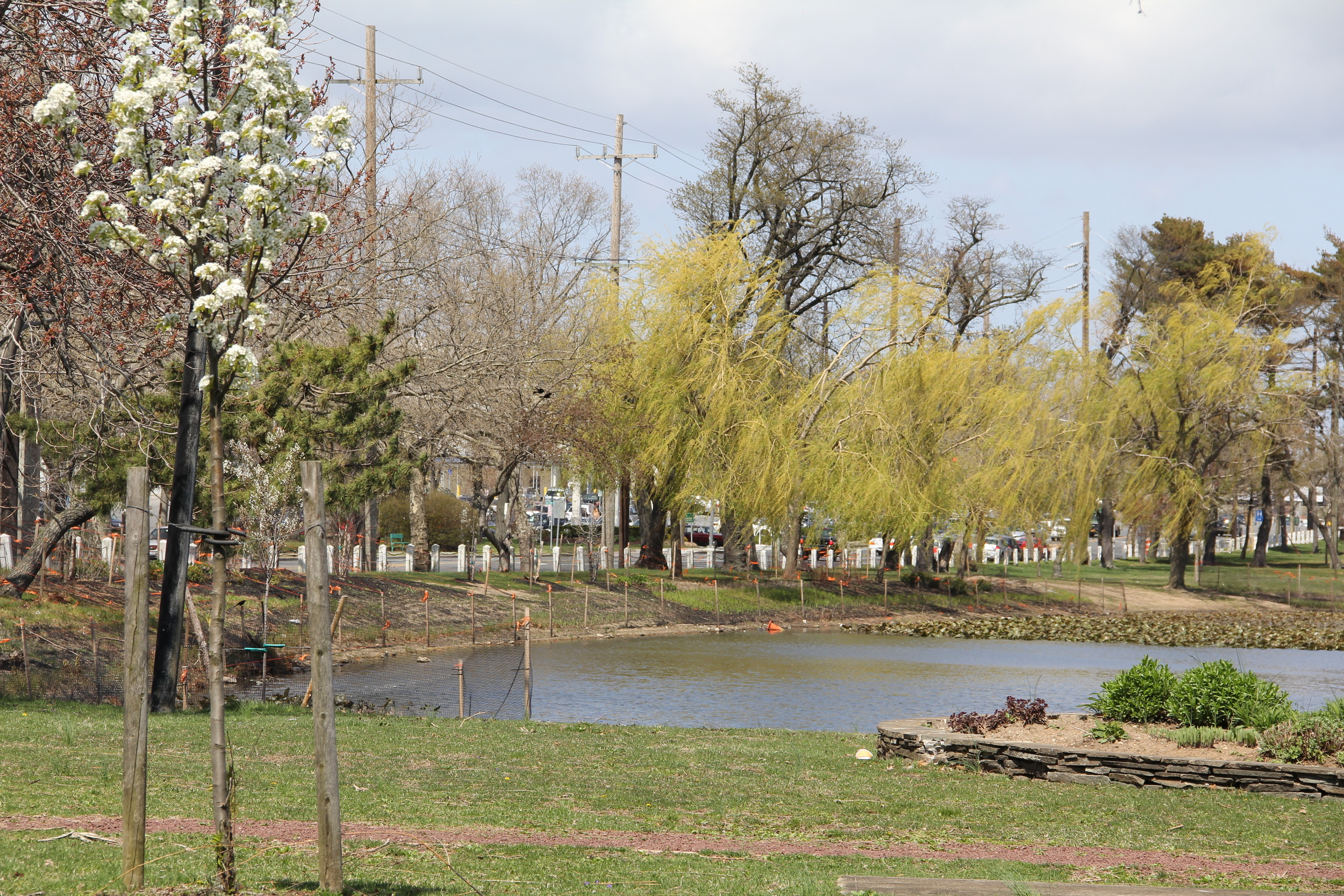Village of Valley Stream discussing code that would protect trees
In an effort to preserve trees in the village, Valley Stream officials are in the early stages of discussing a new code — based on a similar one in the Village of Malverne — that would prohibit residents from cutting down trees on their property without a permit.
“We get upset in general when people take down healthy trees,” said Valley Stream Mayor Ed Fare. “We think that should be looked at.”
Designated a “tree city” by the Arbor Day Foundation, the Village of Valley Stream already has a code that requires residents to obtain a permit from the village to cut down trees on medians (the patch of grass that divides the sidewalks from the streets). The code states: “No person shall destroy, remove or substantially alter the habit of any tree located within the curbside area without obtaining a permit from the Superintendent of Public Works or his duly authorized agent.” It also states that the village must replace any tree that the Highway Department removes from a median.
Malverne prohibits any resident from cutting down any trees on their property, unless it presents a health risk or it needs to be removed as a “necessary response to an emergency,” according to its village code. The penalty for cutting down a tree in Malverne depends on the number of those taken down, but a resident may be required to replace them. If the village determines that it would be “impractical or undesirable” to plant a new tree at the location, the resident may have to pay a fine of up to $1,000.
Fare said he spoke to Malverne’s Mayor Patricia Ann Norris-McDonald about the village’s tree ordinance, and that she told him the village has a tree committee. Members of that committee visit the houses of people who have cut down healthy trees on their property, and inform the residents about the village’s code and its need for trees before they face any penalties. Fare said he liked that idea. “I’m big on education rather than just enforcement,” he said.
After that discussion, Fare said he got a copy of Malverne’s village code and is having Michael Hopkins, Valley Stream’s village attorney, look at the legality of implementing a version of it.
For Vincent Grasso, Valley Stream’s deputy mayor, the proposed code presents a dilemma between a person’s right to own and maintain his or her property, and the clear need for more trees in the village. He suggested that there might be an alternative way for the village to protect trees. “Maybe there’s a way to do this, so if people insist on cutting down trees, there’s a tree fund,” Grasso said. “So if they cut down a tree they could replace it or donate to the fund.”
Valley Stream already has a system in place in which residents can request that a new tree be planted on their median. According to Chris Vela, the deputy highway supervisor, the village has a tree list to help replace the trees that the village has to cut down each year. He said that the village had to cut down more than 300 trees last year that were dying — 168 of which were replaced in November and December.
“We try and replace as many as we can each year,” Vela said.
Trees help to reduce storm water run-off, clean the air and provide residents with a sense that they are in the suburbs, according to Grasso. Vinnie Drzewucki Jr., Horticulture and Urban Forestry Subject Educator for the Cornell Cooperative Extension of Nassau County, said that studies show that an increased tree population reduces crime and increases student grades. As an employee of Cornell Cooperative, Drzewucki provides free urban forestry education to communities in Nassau and Suffolk Counties by request.
In fact, in 2015 the Landscape and Urban Planning Journal published a study that showed that areas of New Haven, Conn. that have larger tree canopies have lower rates of property, violent and total crimes. To mitigate any problems with the study, the researchers only compared neighborhoods with similar income and education levels. The researchers do note, however, that the correlation in this case does not represent causation.
Another study the journal published in 2016 examined 94 high school students in central Illinois who were split into three classrooms — one with no windows, one with a window overlooking a barren landscape and one overlooking a tree. After a ten-minute break between lessons, the researchers noticed that the students who had a view with trees were able to refocus on the lesson quicker and were less stressed. In this study, the researchers noted a causal relationship, writing that, “Green views produced better attentional functioning and stress recovery.”
“It would behoove any community to regulate the cutting down of trees in their community,” Drzewucki said.

 47.0°,
Mostly Cloudy
47.0°,
Mostly Cloudy 




